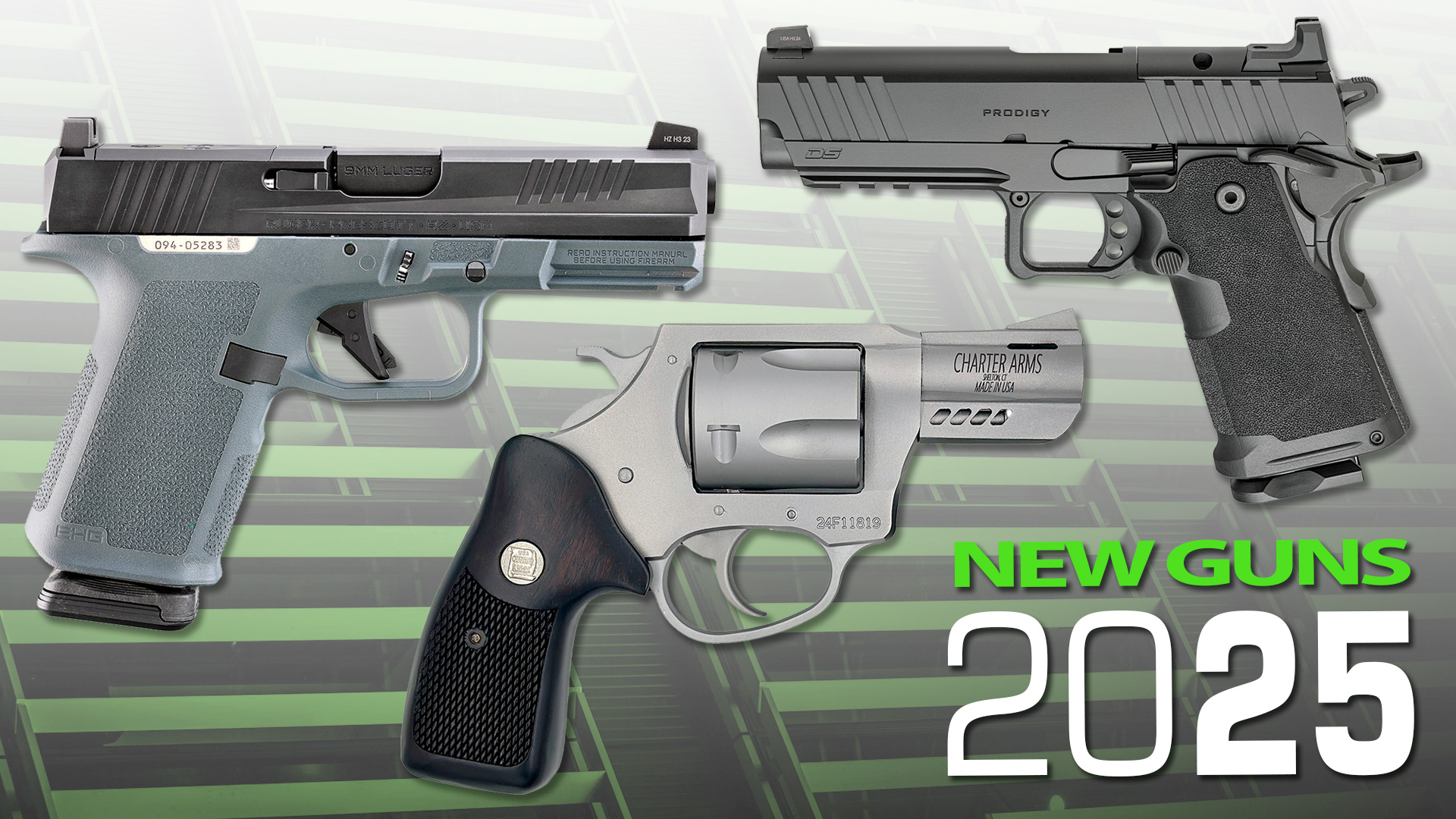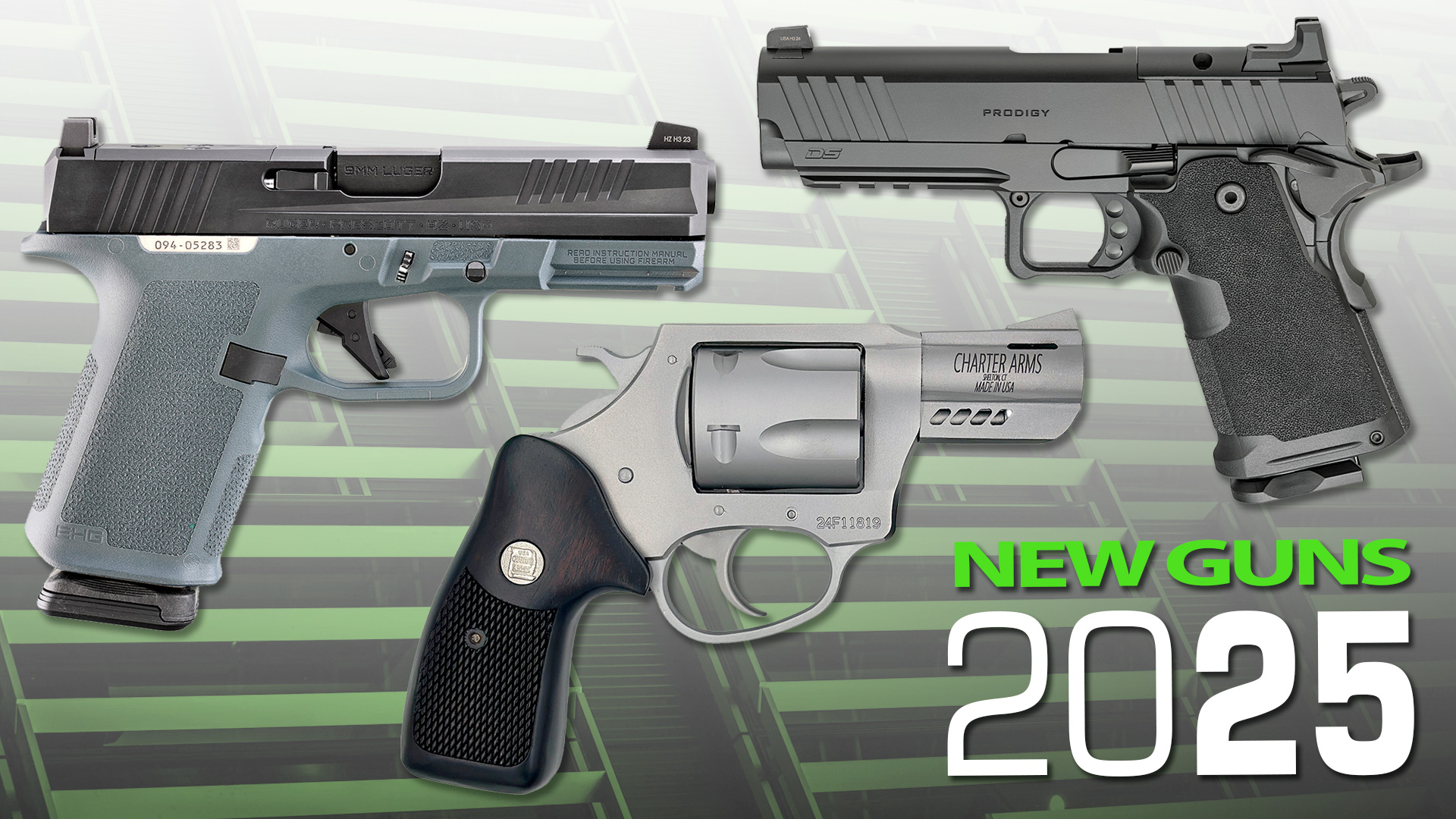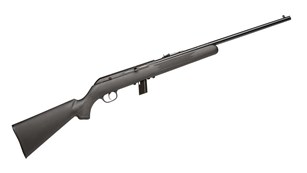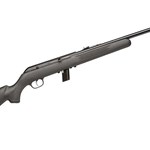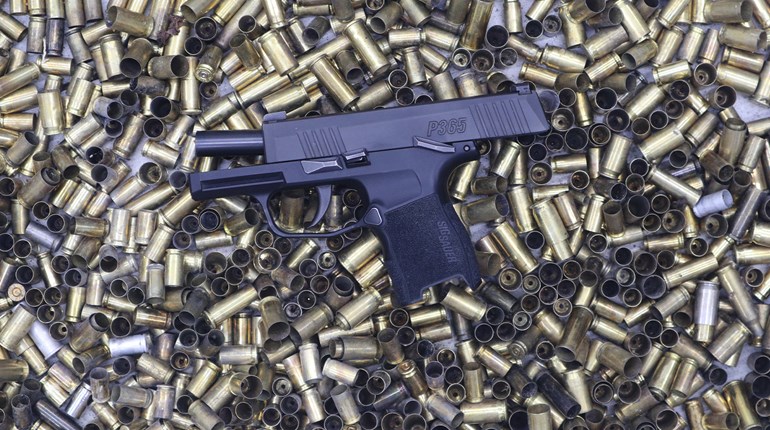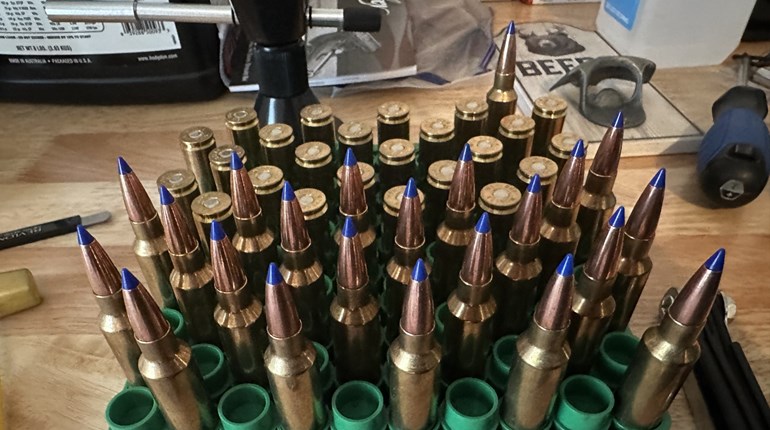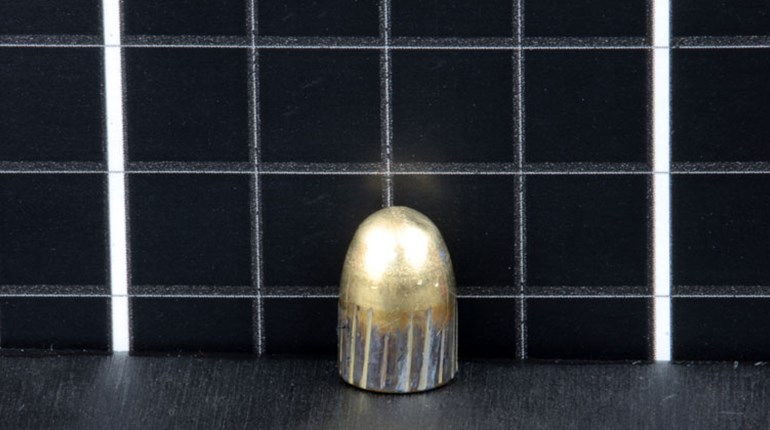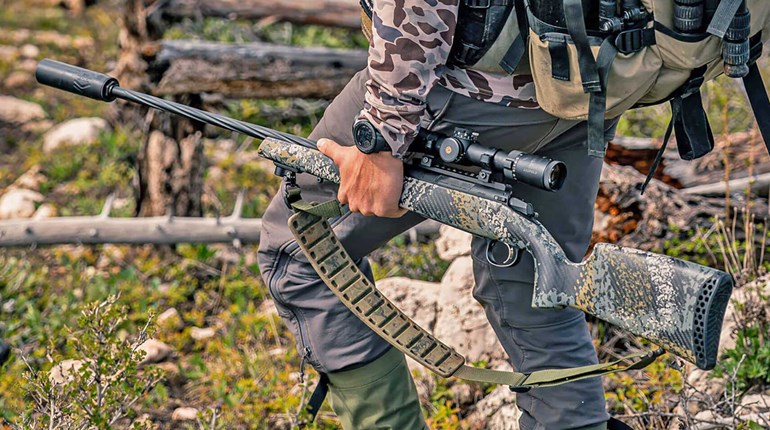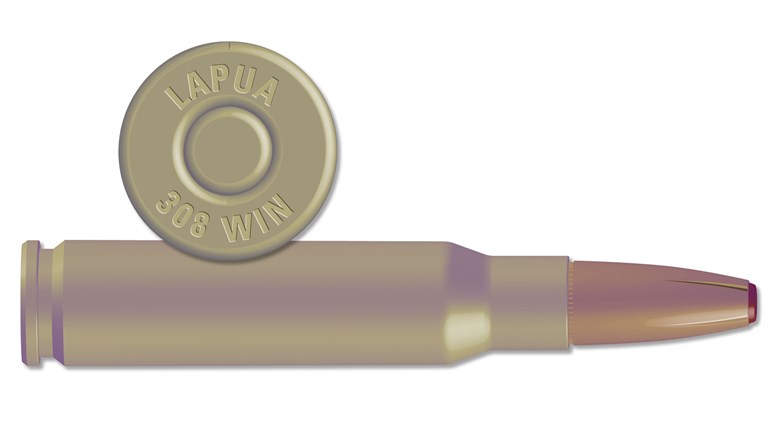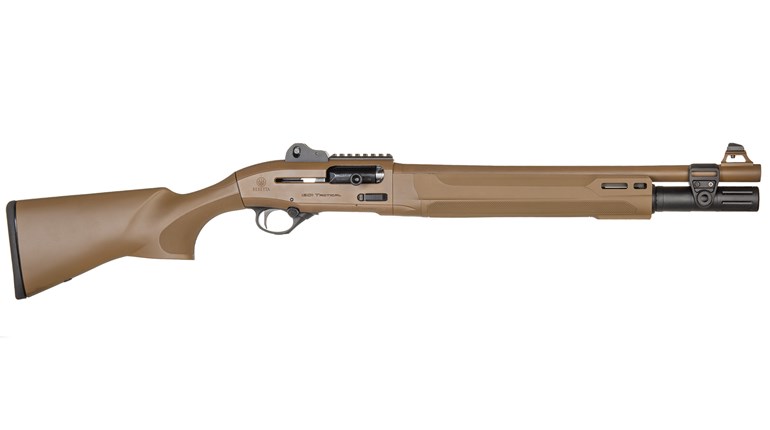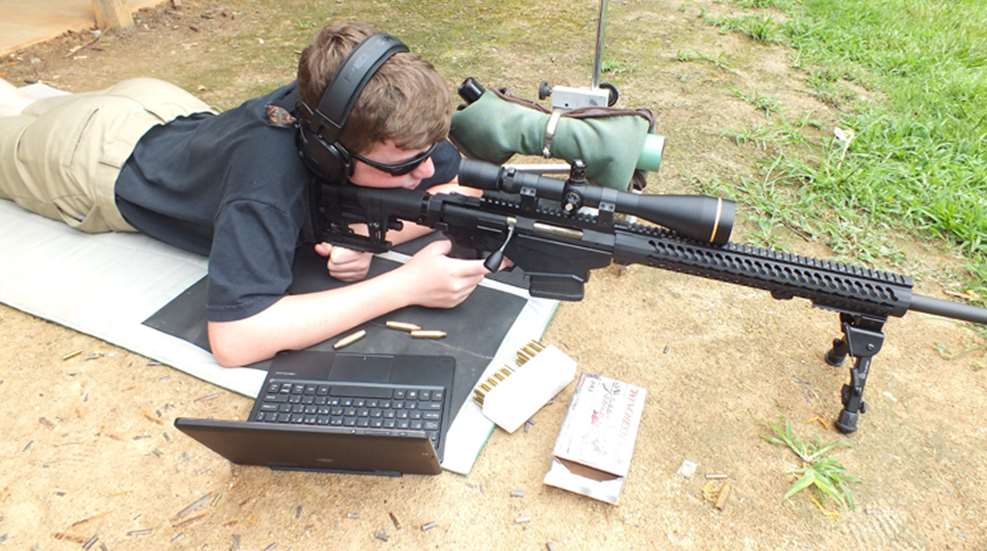
The effect of technology on the firearms and shooting industry has been epic. These changes have affected firearms and optics profoundly and provided us with laser sights, night vision, thermal image sights, ballistic programs on our phones, range finders, and accurate hand held wind meters. In spite of all this technology, there’s still no exact way to predict the effect of wind on any given shot because there’s no way to determine the nature of the wind the bullet will pass through.
Fortunately, modern ammunition provides excellent resistance to the effects of wind within normal hunting distances. Most modern cartridges will provide kill-zone shots at hunting distances in all but the strongest of crosswinds, but when the range exceeds about 300 yards, the wind becomes an intimidating factor for all but the most adept shooters.
Because the wind, like other forces of nature, is constantly changing and is affected by terrain in ways that are impossible for even a computer to predict, these technological advantages still can’t provide us with accurate information about the effects of wind down range. In short, shooting in the wind is easier than ever, but it still involves an educated guess.
Wind meters read the wind where you’re standing, and ballistic calculators will provide accurate data based on that input. Unfortunately, the wind might be very different downrange and the only way to deal with this is through experience. That experience is gained by shooting in the wind, observing the effects and learning how to predict those effects. For this to happen, you must shoot well enough to know the effect was from the wind and not error in your shooting or equipment. You must also be able to determine the effect of each shot at the time it’s fired.
In NRA High Power or F Class competition, this is simple. The competitor fires a shot at 600 or 1,000 yards, the puller in the pits pulls the target down, puts a spotter in the bullet hole, and runs the target back up. Within seconds, the shooter knows the effect of the wind he’s been observing and can build his own mental data base of information, learning through experience how to predict the effect. Since no spotting scope can see shots at distances where wind effects the shot profoundly, this has been the most reliable system of learning. It’s why military snipers once spent a lot of time on Known Distance ranges with target pullers in the pits.
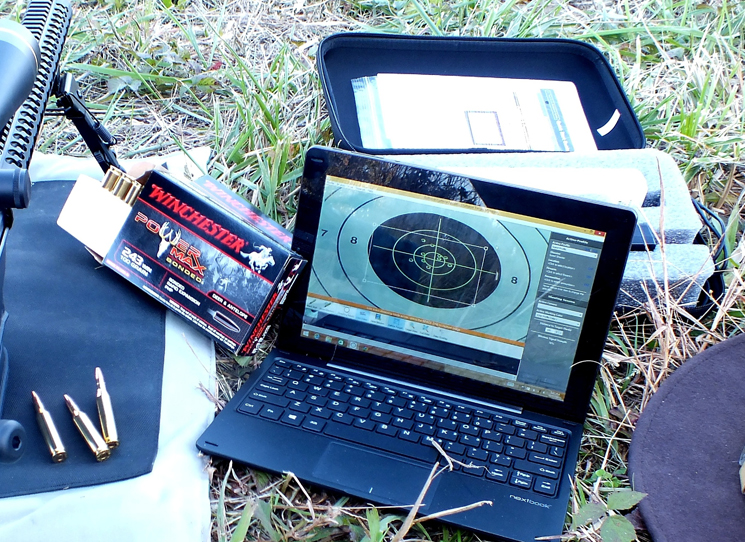
Of course, through the development of electronic targets, technology has allowed those with sufficient funds to get instant results without the aid of a person pulling and marking it. For the average person, this is too expensive and unwieldy to be practical, but, once again, technology has stepped in and solved this problem.
Wireless target cameras use wi-fi to communicate between a camera and transmitter placed near the target and a receiver at the firing point that allow use of a computer, tablet or smartphone to display a high definition image of the target. Downloaded software allows the user to not only see the target and shots fired instantly, but also allows storing the image along with loading data, time, conditions etc. The Bullseye Camera System I tested also will flash the last shot and record shot strings separately for testing different loads on the same target and seeing the different groups as overlays.
With this system, you can set up at ranges up to a mile and instantly see the effect the wind had on your shot, allowing you to develop your wind reading skills in a way impossible just a few years ago. I took up NRA High Power in 1984 and it took me about two years of shooting multiple matches every month to develop reasonable wind reading skills and several more years of shooting and coaching to be truly confident. With modern technology provided by a target camera system, all you need is a place to shoot and an accurate rifle.
